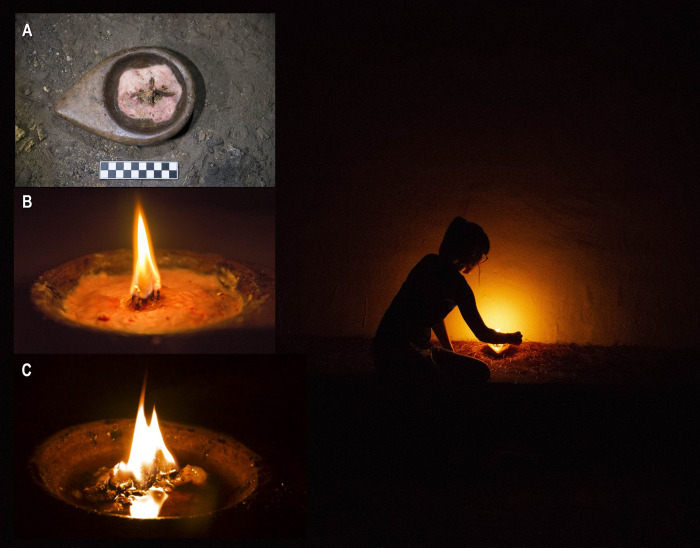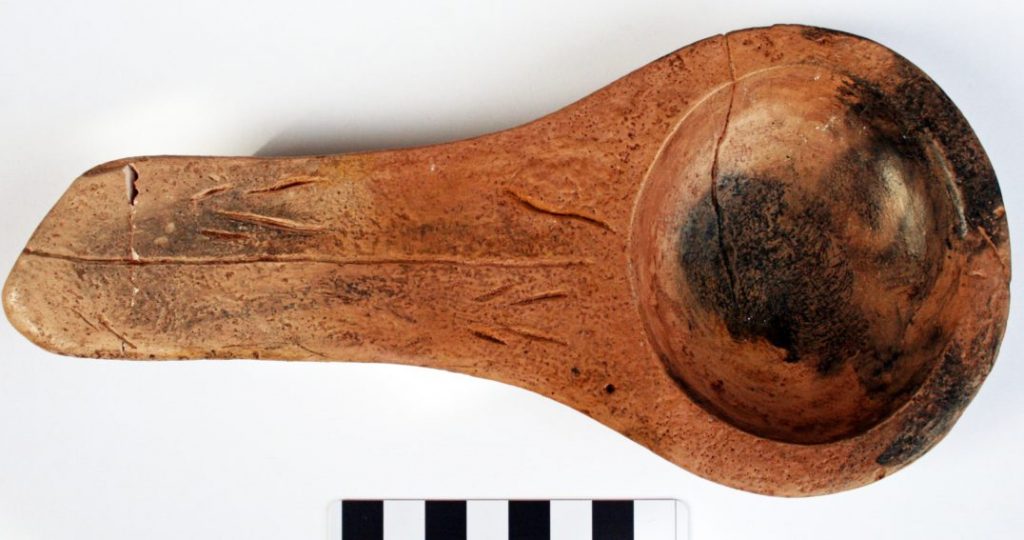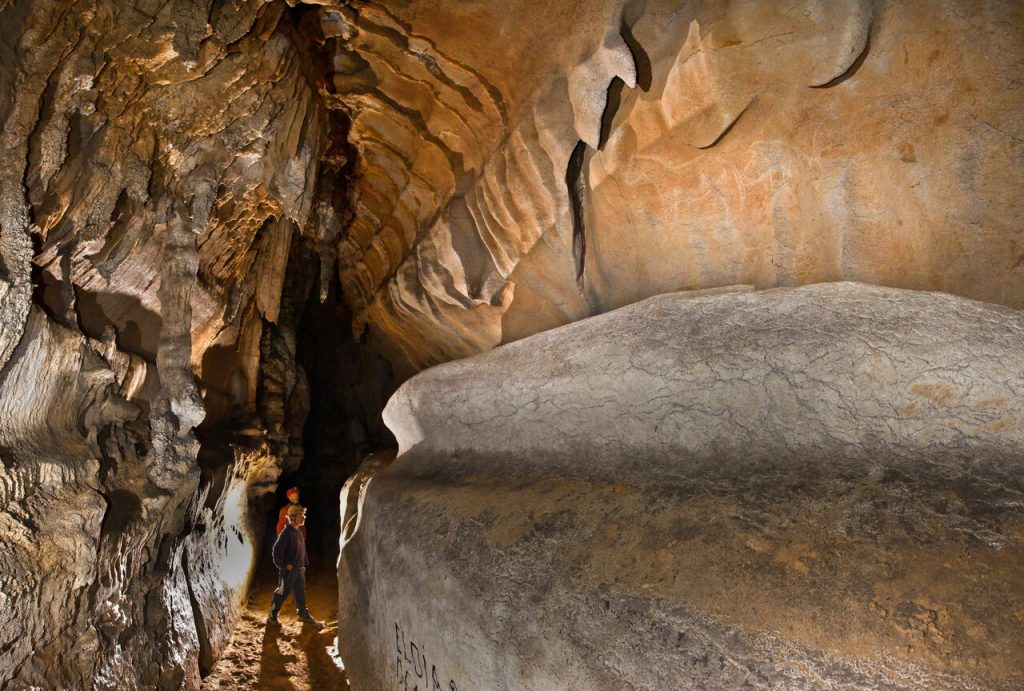Archaeology & History
Was Cave Art Actually a Form of Cinema? How Prehistoric Lamps Suggest a Surprising New Way of Looking at Ancient Paintings
Researchers recreated ancient light sources to test the theory.

Researchers recreated ancient light sources to test the theory.

Sarah Cascone

Cave art researchers have a tantalizing new theory to explain prehistoric paintings: that the images came to life in the flickering flames of candlelight as an early form of cinema.
“The flickering light, the dancing shadows, the warm glow from the fire, many people have argued that this creates a sense of theater, that you’re looking at an ancient version of cinema,” University of Victoria archaeologist April Nowell told Atlas Obscura.
To see ancient artworks the way they would have appeared to their pre-historic creators, Nowell and her colleagues designed flickering electric lamps that matched the color and intensity of their prehistoric predecessors.
Tested in Australia’s Koonalda Cave, the lamps “gave this feeling of intimacy and warmth in the cave that is just missing with our modern technology,” Nowell said.

Experiments with stone lamps. Photo courtesy of the University of the Basque Country.
Archaeologist and filmmaker Marc Azéma has expounded on the theory that cave paintings were a precursor to films in a 2011 book The Prehistory of the Cinema and a 2015 article in the journal Antiquity.
More recently, Iñaki Intxaurbe, a geology doctoral student at the University of the Basque Country, found that paintings in the Atxurra Cave in northern Spain were located so deep into the cave that they would only have been visible with added light.

The Paleolithic stone lamp that this replica is based on was made approximately 17,500 years ago around what is now Lascaux, France. In the bowls of such lamps, ancient people burned wicks made of plant material and animal fat. Photo courtesy of April Nowell.
To determine how the ancient humans would have lit the cave, the researchers made replicas of prehistoric torches, stone lamps, and bonfires and monitored their light properties, as well as the air quality, in a cave that had no ancient art.
They found that the torch probably would have lasted only an hour. A grease lamp lasted longer, and produced less smoke, making it more useful for painting, while the bonfire became too smoky after just 30 minutes, even though it gave off the most light.

The Ledge of Horses cave paintings in Spain’s Atxurra Cave. Photo by Xabi Gezuraga, courtesy Iñaki Intxaurbe.
Atxurra Cave’s most significant artworks, the Ledge of Horses, are located a quarter-mile trek from the entrance, eight feet up on the cave hall. Prehistoric ashes have been found on the ledge.
A virtual model created by the University of the Basque Country team suggests that fires on the ledge would have illuminated the art to make it visible to people standing below, with the smoke rising to the ceiling rather than obscuring the view. The play of the firelight on the paintings likely added a sense of motion to the static images, seemingly animating the artwork in a precursor to today’s movie theaters.